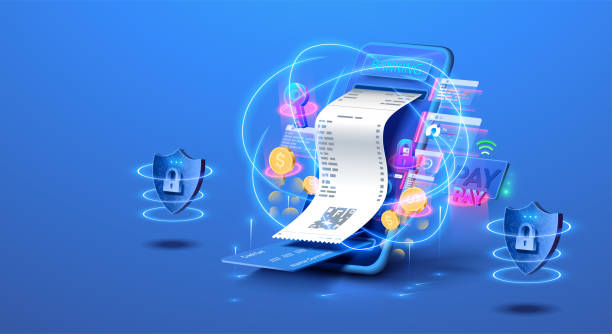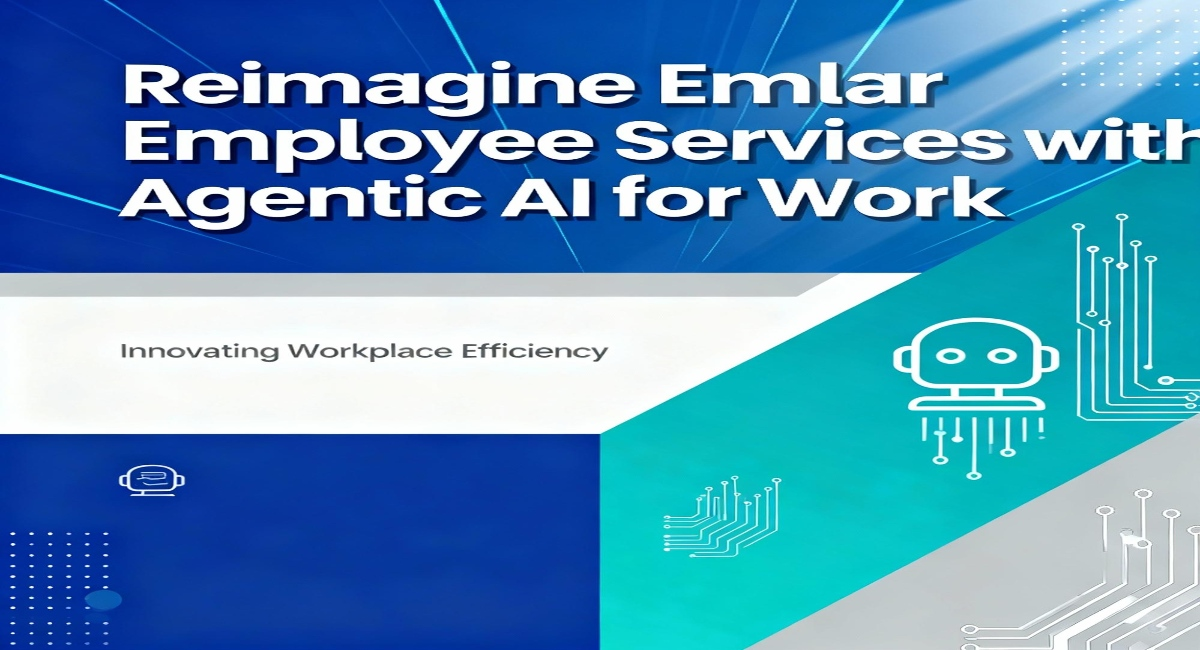
The future of digital payments and blockchain integration marks a major shift in how we transfer value. With increasing demand for speed and transparency, these technologies are rapidly reshaping global commerce.
Digital payments, once dependent on banks, now function across decentralized platforms using innovative protocols. The inclusion of blockchain ensures that records are secure, unalterable, and publicly verifiable across participants.
This evolution addresses inefficiencies in traditional systems, reducing dependency on centralized intermediaries. The future holds immense promise for improving transaction speed, privacy, and accessibility for users around the world.
As the world moves closer to a cashless economy, blockchain is enabling new standards of trust and efficiency in financial infrastructure across sectors.
Contactless technology and mobile wallets have gained popularity due to convenience and speed. They eliminate physical interaction and reduce the risk of fraud through biometric authentication and encryption.
Mobile wallets such as Apple Pay and Google Pay allow users to pay using smartphones and smartwatches. These platforms support seamless integration with banking systems and offer real-time transaction alerts.
Adoption continues to rise as retailers, restaurants, and transport systems implement NFC-enabled devices. The demand for frictionless payments is pushing innovation in userÂ
Blockchain can enhance mobile wallets by storing user credentials on decentralized systems, increasing privacy and reducing vulnerability to centralized breaches.
Cryptocurrencies like Bitcoin and Ethereum are transitioning from speculative assets to usable currencies. More merchants now accept them for goods and services, encouraging broader real-world application.
Users are drawn to crypto for its borderless nature, low fees, and fast settlement times. Peer-to-peer transfers eliminate intermediaries, reducing costs for both buyers and sellers.
New altcoins are optimized for faster processing, environmental sustainability, and microtransactions. These make everyday payments possible without the congestion and high fees seen in early blockchain systems.
Wallet providers and payment gateways are integrating multi-currency support, helping users pay or convert crypto seamlessly into fiat currencies at points of sale.
Traditional cross-border transfers often involve high fees and slow processing. Blockchain introduces real-time clearing and settlement, even across countries with limited banking infrastructure.
Solutions like Ripple and Stellar offer efficient remittance systems with transparent tracking. Their use cases include payroll distribution, supply chain financing, and peer-to-peer global money transfers.
For businesses, blockchain streamlines international payments by automating compliance, eliminating currency conversion delays, and offering audit-ready transaction logs.
Financial institutions are piloting blockchain-based systems to reduce dependency on SWIFT and correspondent banking networks, making cross-border finance more efficient.
Smart contracts are self-executing agreements coded on blockchain platforms. They trigger payments or actions based on predefined conditions without requiring intermediaries or legal oversight.
These contracts are useful for subscription services, insurance payouts, and vendor payments. Their automation reduces human error and speeds up complex financial processes.
By reducing paperwork and manual verification, smart contracts lower operational costs. Each contract is transparent, tamper-proof, and stored securely on a distributed ledger.
Smart contract platforms like Ethereum, Solana, and Polygon are leading this innovation. They`re making financial interactions programmable, verifiable, and efficient across a wide range of applications.
Blockchain can provide decentralized digital identity systems, replacing physical documents and fragmented databases. These IDs enhance security and give users control over personal data.
Know Your Customer (KYC) processes benefit from blockchain by enabling single-scan verifications that are trusted across financial institutions, avoiding duplication and reducing onboarding times.
Self-sovereign identity frameworks let users store documents, biometrics, and credentials on-chain. This promotes transparency and data protection across borders and sectors.
These systems reduce fraud, support regulatory compliance, and make digital payments more accessible in remote or underserved areas without strong identity infrastructure.
Security is a core concern in digital finance. Blockchain offers high resistance to tampering through consensus mechanisms and cryptographic security.
Every transaction is permanently recorded and validated by network participants, reducing the risk of unauthorized changes and double-spending.
Decentralized architecture ensures that there is no single point of failure, making it difficult for hackers to breach the system.
With blockchain, smart monitoring tools can detect anomalies in real-time, flagging suspicious transactions and protecting consumers from fraud before damage occurs.
Governments worldwide are exploring Central Bank Digital Currencies (CBDCs) as digital versions of national currencies. Blockchain provides the foundation for secure issuance and tracking.
CBDCs aim to modernize financial systems, reduce dependency on cash, and offer real-time settlement between banks and individuals.
Unlike cryptocurrencies, CBDCs are centralized but can adopt distributed ledger technology for better transparency and auditability.
Pilot projects in China, the EU, and other regions show how CBDCs could transform domestic and international payments over the next decade.
E-commerce platforms are increasingly supporting digital payments powered by blockchain. These include crypto checkouts, stablecoin integration, and token-based reward systems.
Retailers benefit from reduced chargeback fraud, faster settlements, and lower fees. Blockchain eliminates intermediaries, improving margins and cash flow.
Smart loyalty programs can reward users instantly based on blockchain-verified behavior, purchase history, and referrals.
This shift is giving consumers more control over how they pay, save, and earn rewards across different platforms and brands.
Interoperability refers to the ability of different systems and blockchains to communicate and transact with each other. This is essential for mass adoption of digital payments.
Protocols like Polkadot and Cosmos are working to create unified ecosystems that allow users to transfer assets and data across chains easily.
Cross-chain bridges and decentralized exchanges (DEXs) make multi-chain asset management seamless, empowering users and businesses.
The goal is to create a borderless financial ecosystem where applications, currencies, and users interact freely and securely, without silos or gatekeepers.
Regulations play a critical role in shaping the future of blockchain-powered payments. Governments are crafting laws around security, taxes, and user protection.
Clearer guidelines can attract institutional investors and promote innovation, while overregulation could stifle progress. The challenge is balancing oversight with decentralization.
Compliance solutions built into blockchain, like on-chain KYC and AML tools, help ensure transparency while respecting user privacy.
Industry players are collaborating with regulators to create sandbox environments that allow testing new financial products under supervision.
Tokenization of real-world assets, such as real estate or art, is becoming a major trend. It enables fractional ownership and easier transfer via blockchain systems.
Artificial intelligence is being integrated with blockchain to enhance payment decision-making, fraud detection, and credit scoring in real time.
Green blockchain initiatives are focusing on reducing the environmental footprint of transactions by switching to proof-of-stake and energy-efficient algorithms.
As quantum computing develops, future payment systems will need quantum-resistant encryption, pushing blockchain evolution further into next-generation security models.
I'm a blogger and writer for different websites, where I share engaging content on a variety of topics from lifestyle and culture to travel and trends. Passionate about storytelling and connecting with readers, I aim to inspire, inform, and entertain through every post.









